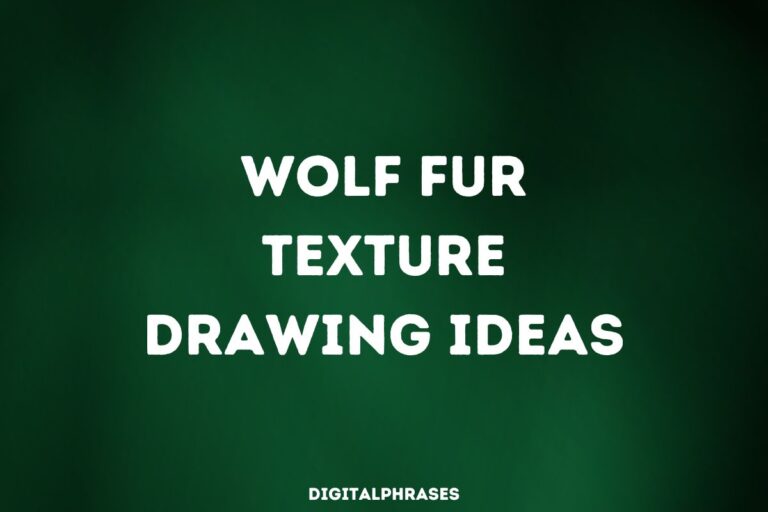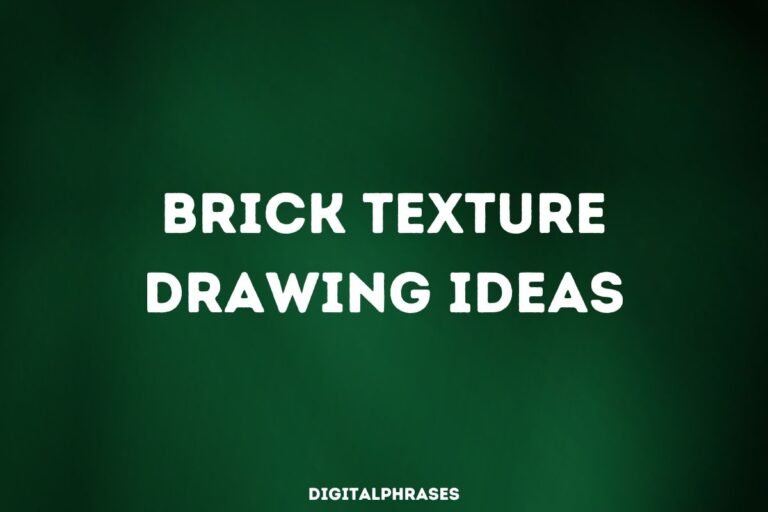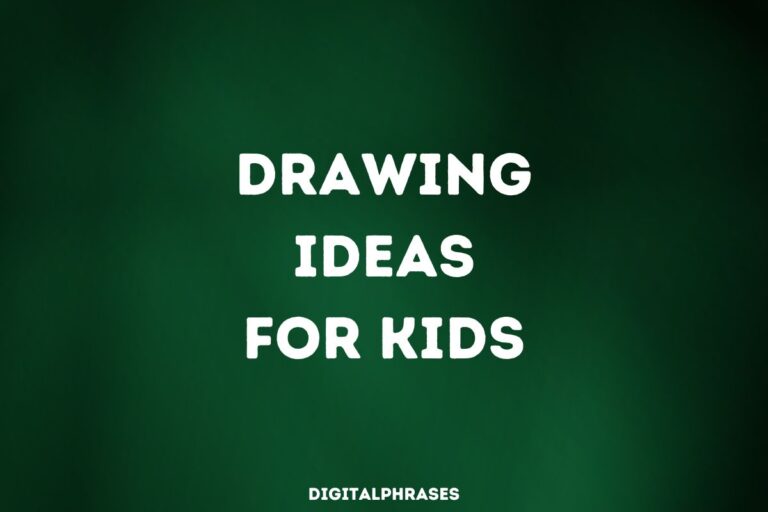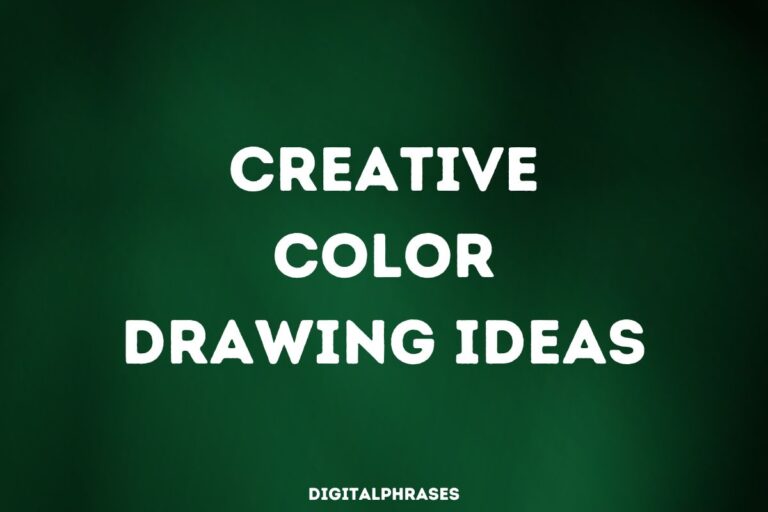28 Cute, Simple and Easy Dress Drawing Ideas For Beginners
If you’re anything like me, your artistic journey began with stick figures and an overambitious attempt to draw a horse that ended up looking more like a potato with legs.
But then, one day, it hit me: “What if I just stuck to drawing something simple, like dresses?”
That’s when my doodling life changed forever.
Now, let me be clear—I am no fashion designer.
My style ranges somewhere between “cozy blanket burrito” and “accidentally wearing mismatched socks,” but when it comes to drawing dresses, I like to think I’ve mastered the art of cuteness and simplicity.
So, if you’re ready to step up from stick figures (or if you’re just looking to draw something more than a slightly tragic potato horse), you’ve come to the right place!
Let’s dive into some cute, simple, and easy dress drawing ideas that even beginners can nail—no runway skills required.
Cute, Simple and Easy Dress Drawing Ideas For Beginners
1. A-Line Dress
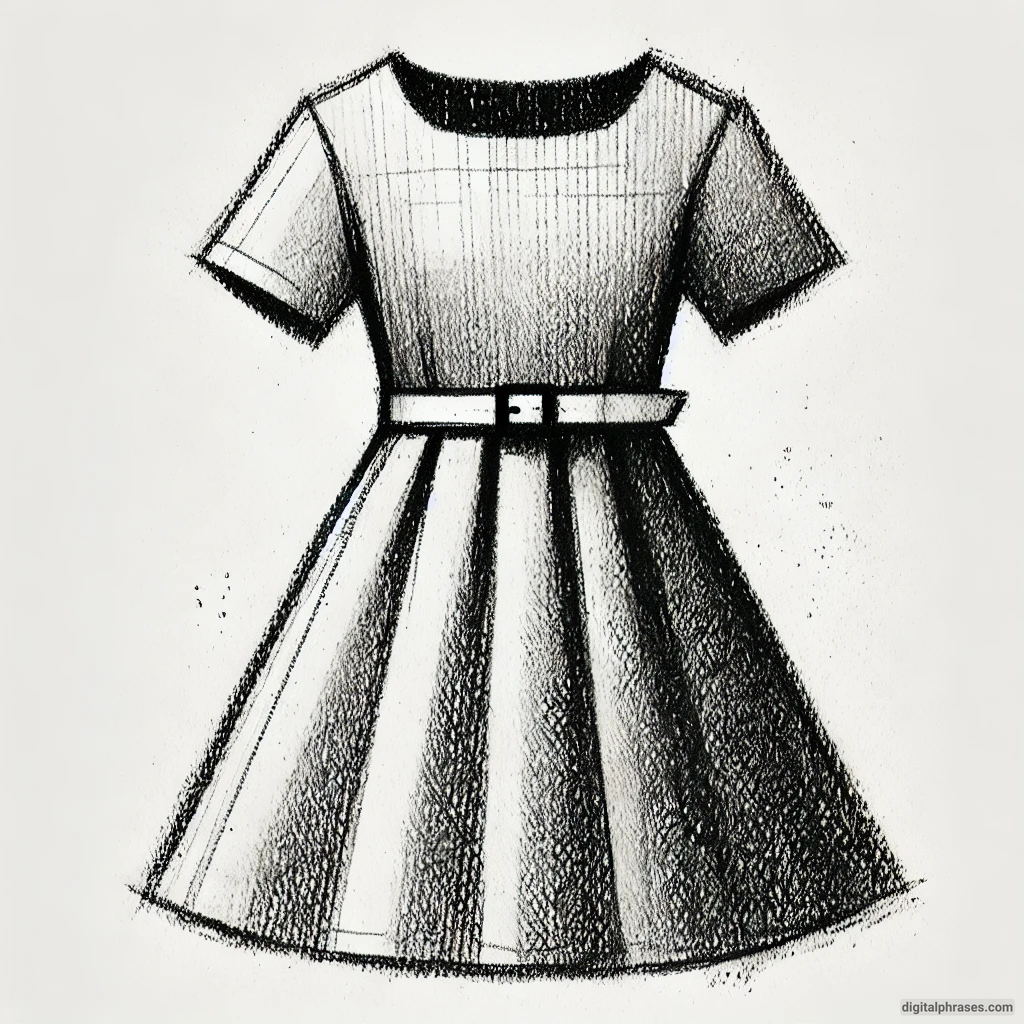
2. Sundress with Straps
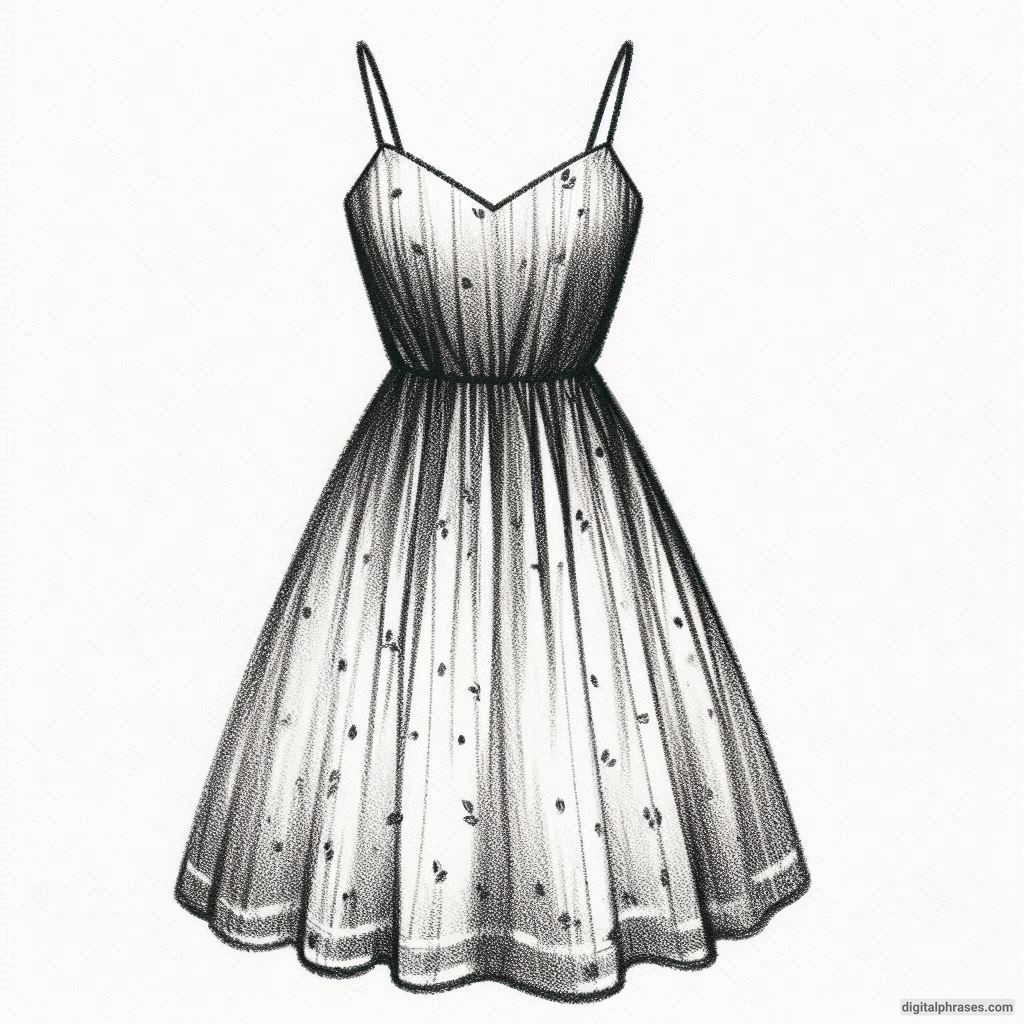
3. T-Shirt Dress

4. Princess Dress
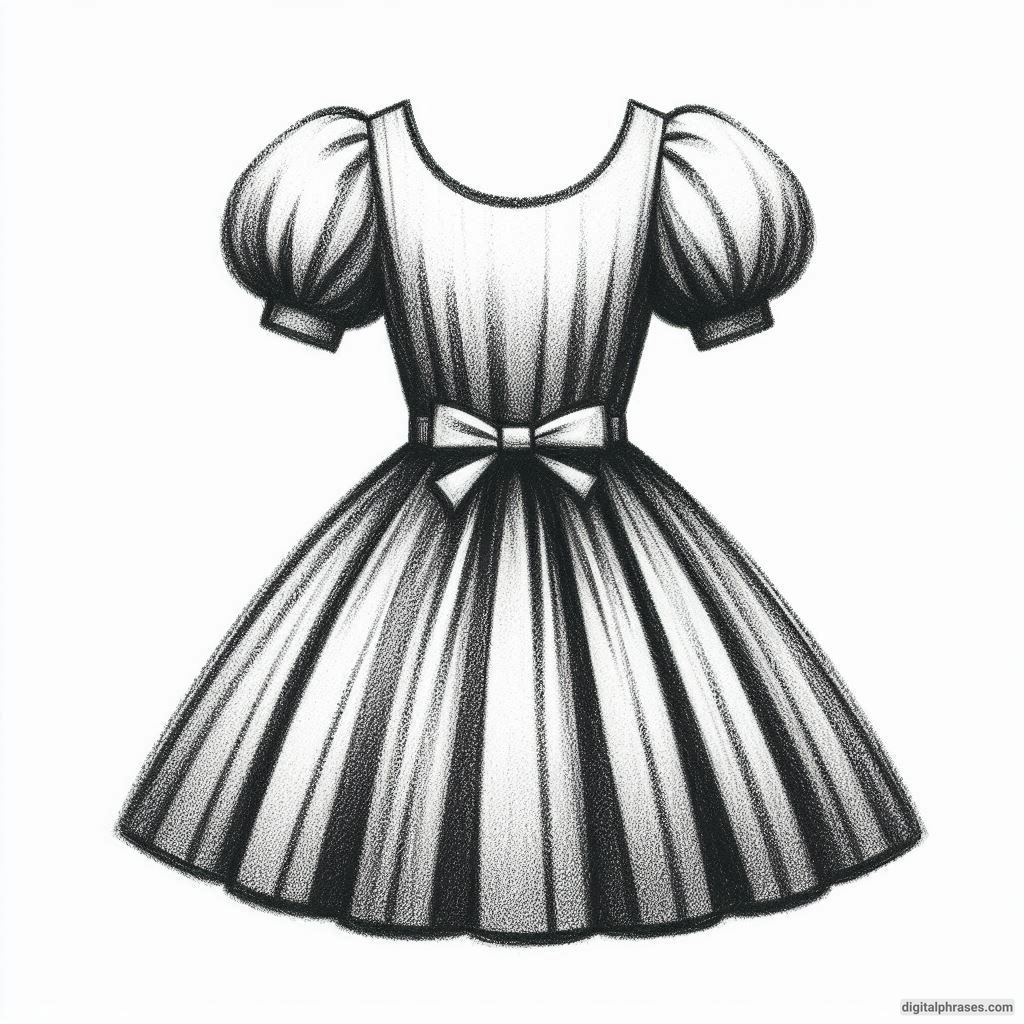
5. Halter Neck Dress

6. Ball Gown

7. Low Cut Dress
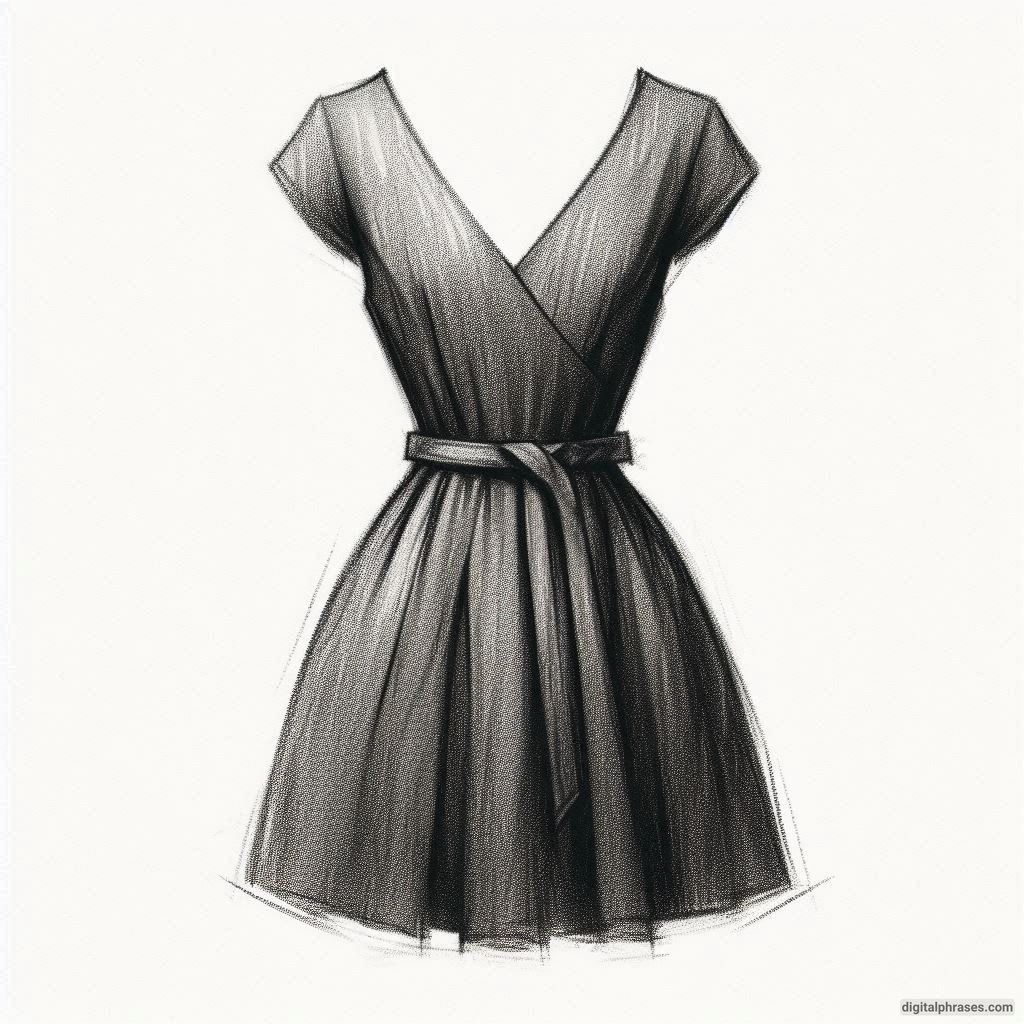
8. Off-Shoulder Dress
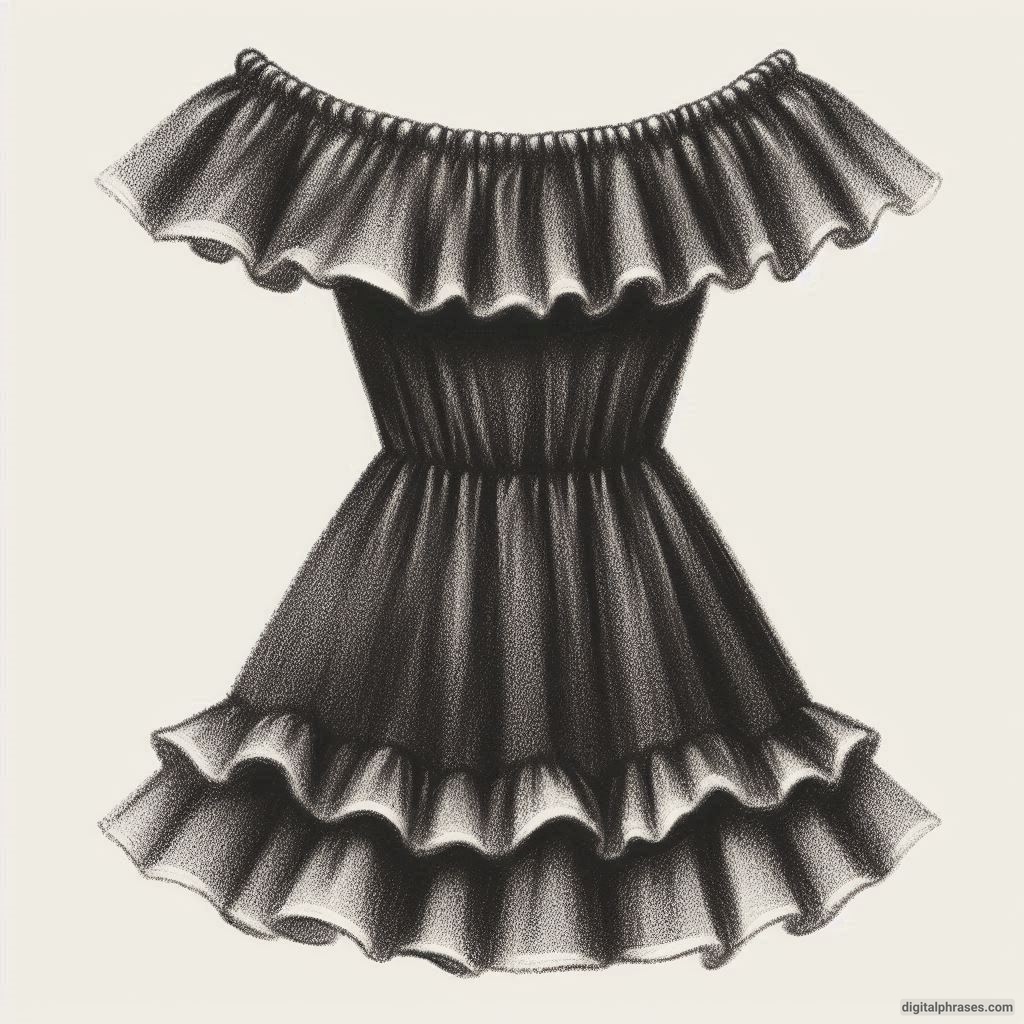
9. Peasant Dress
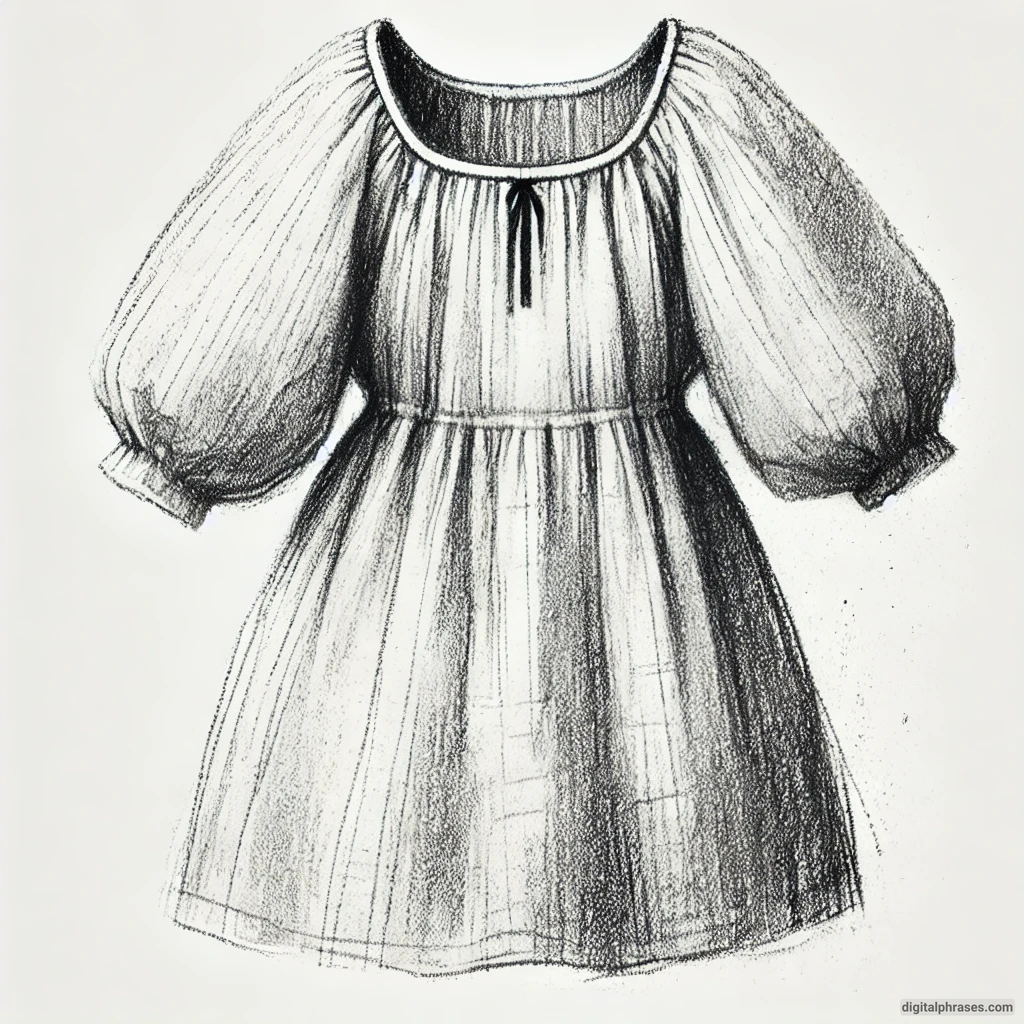
10. Bow-Tied Dress

11. Wrap Dress
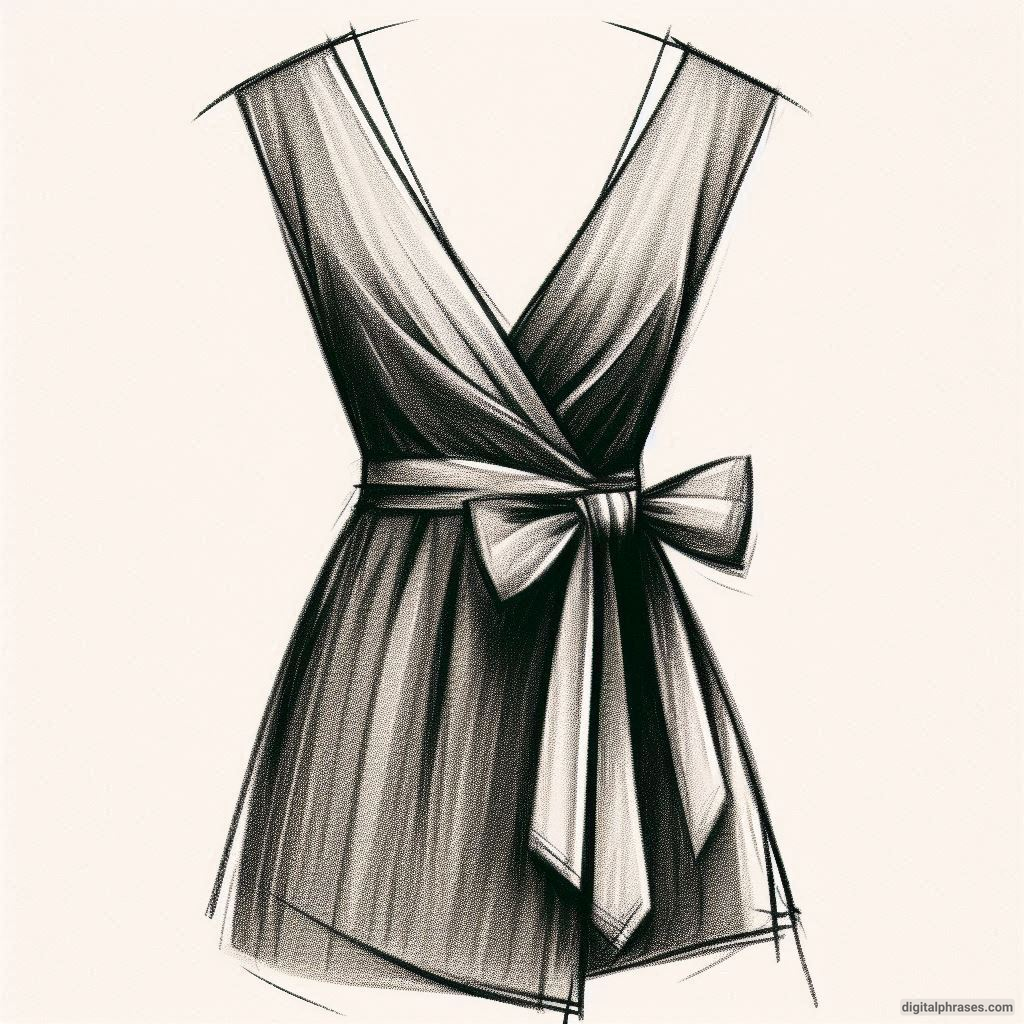
12. Shift Dress
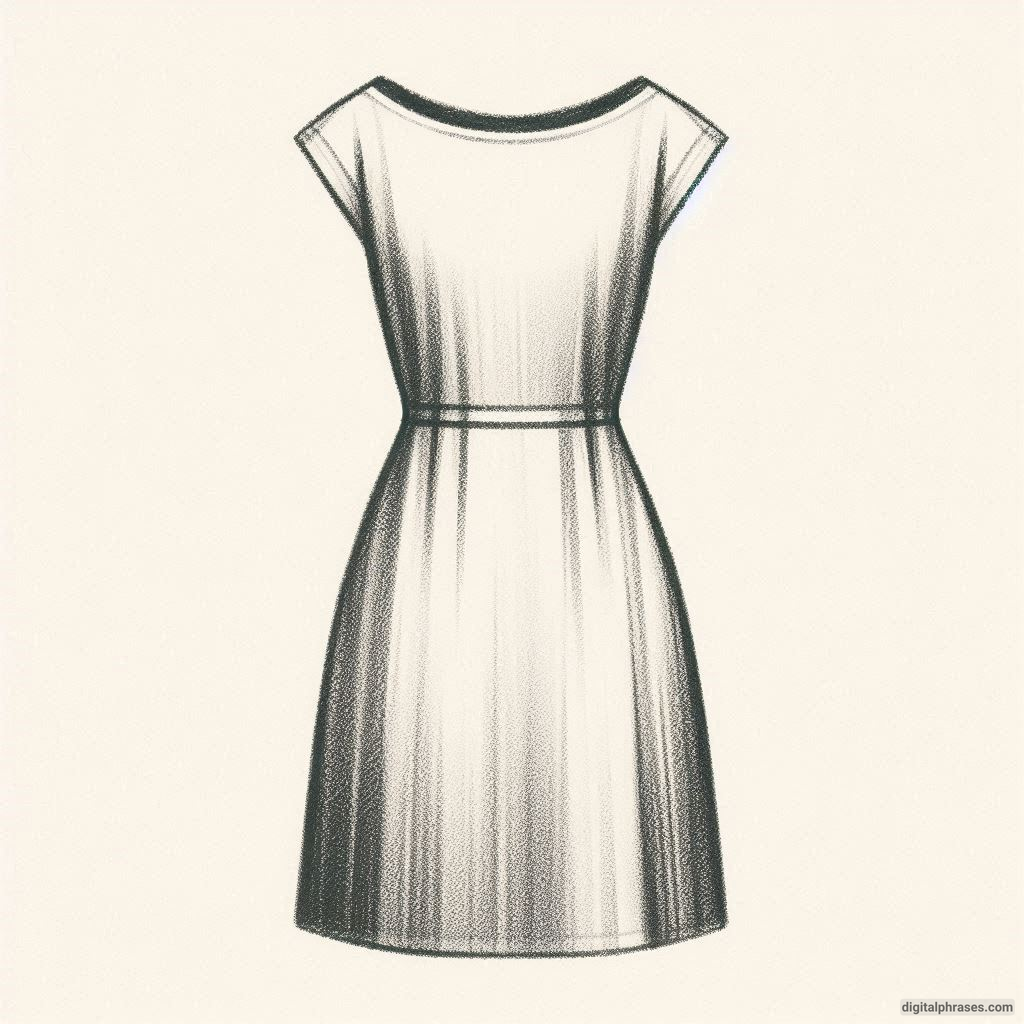
13. Tunic Dress
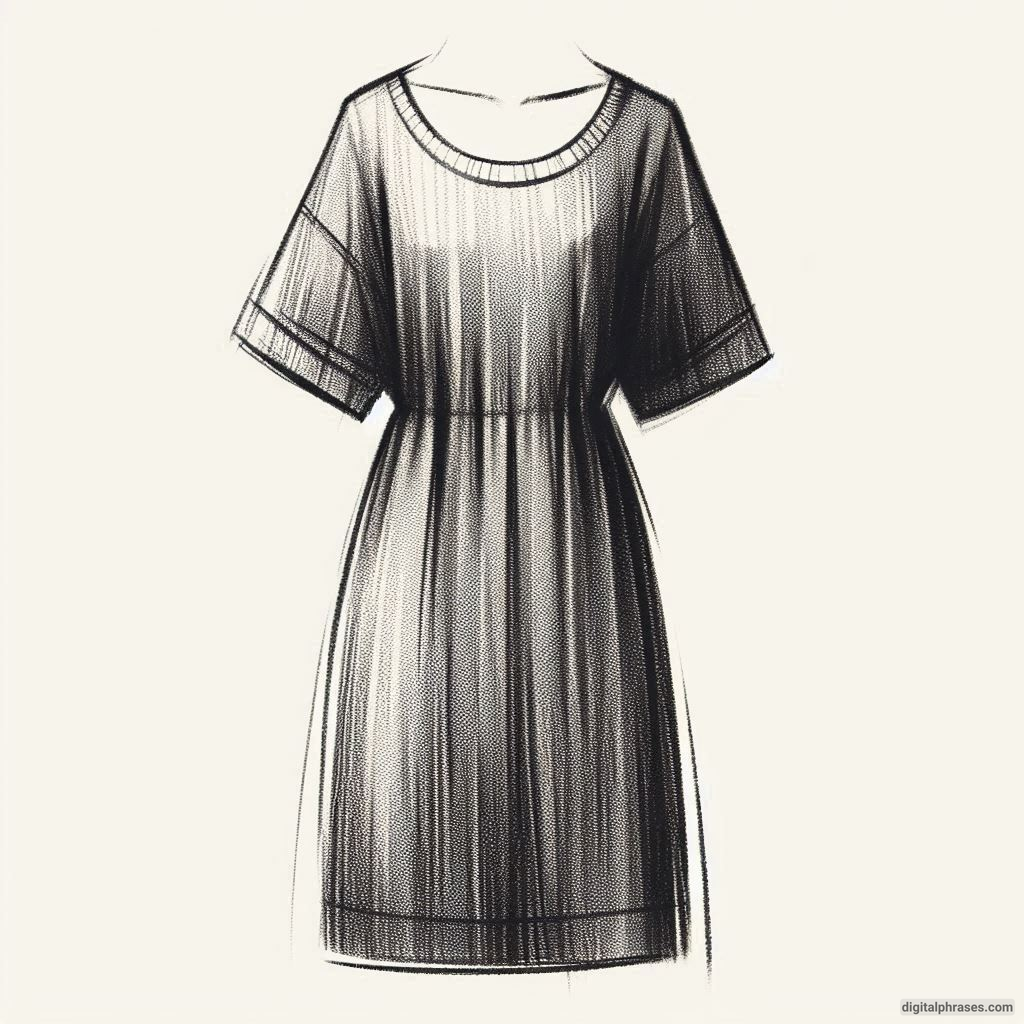
14. Skater Dress

15. Pinafore Dress
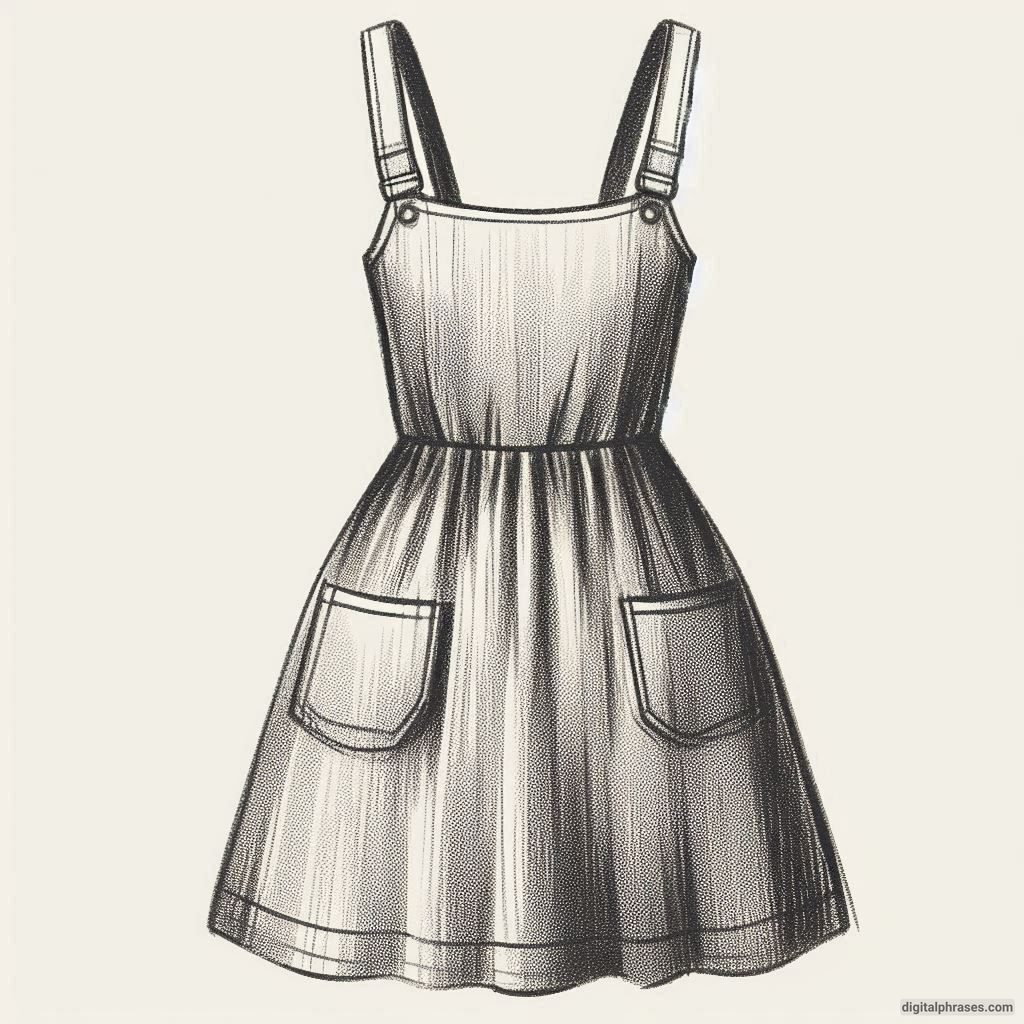
16. Empire Waist Dress
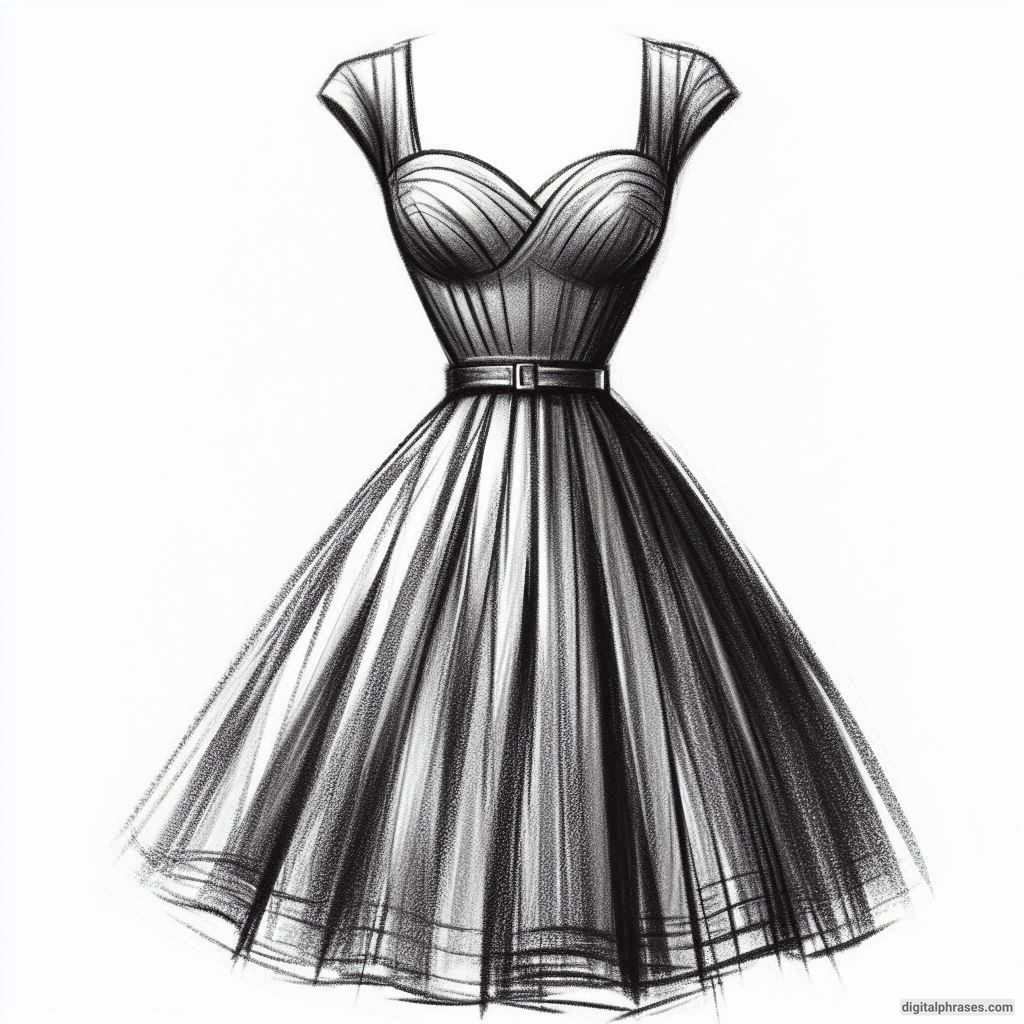
17. Balloon Dress

18. Layered Dress
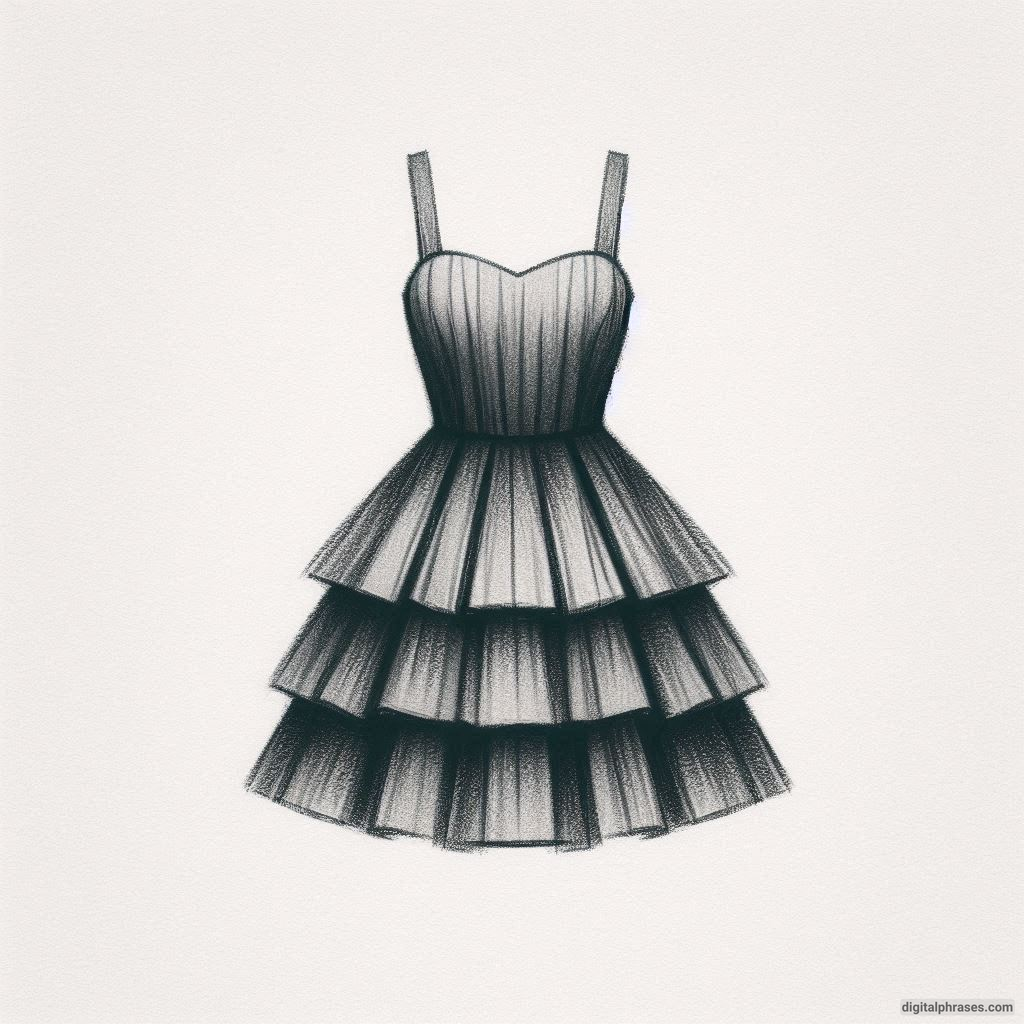
19. Bodycon Dress

20. Overall Dress
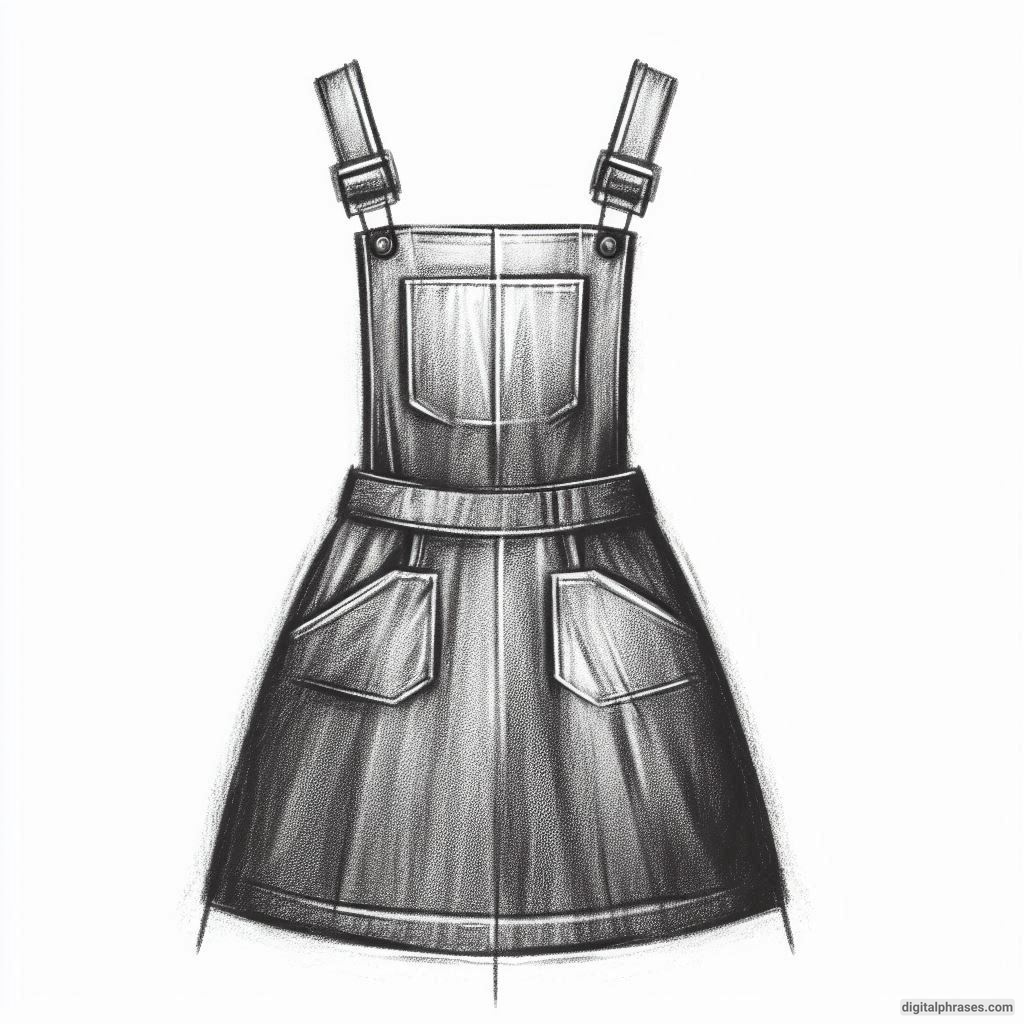
21. Kimono-Inspired Dress
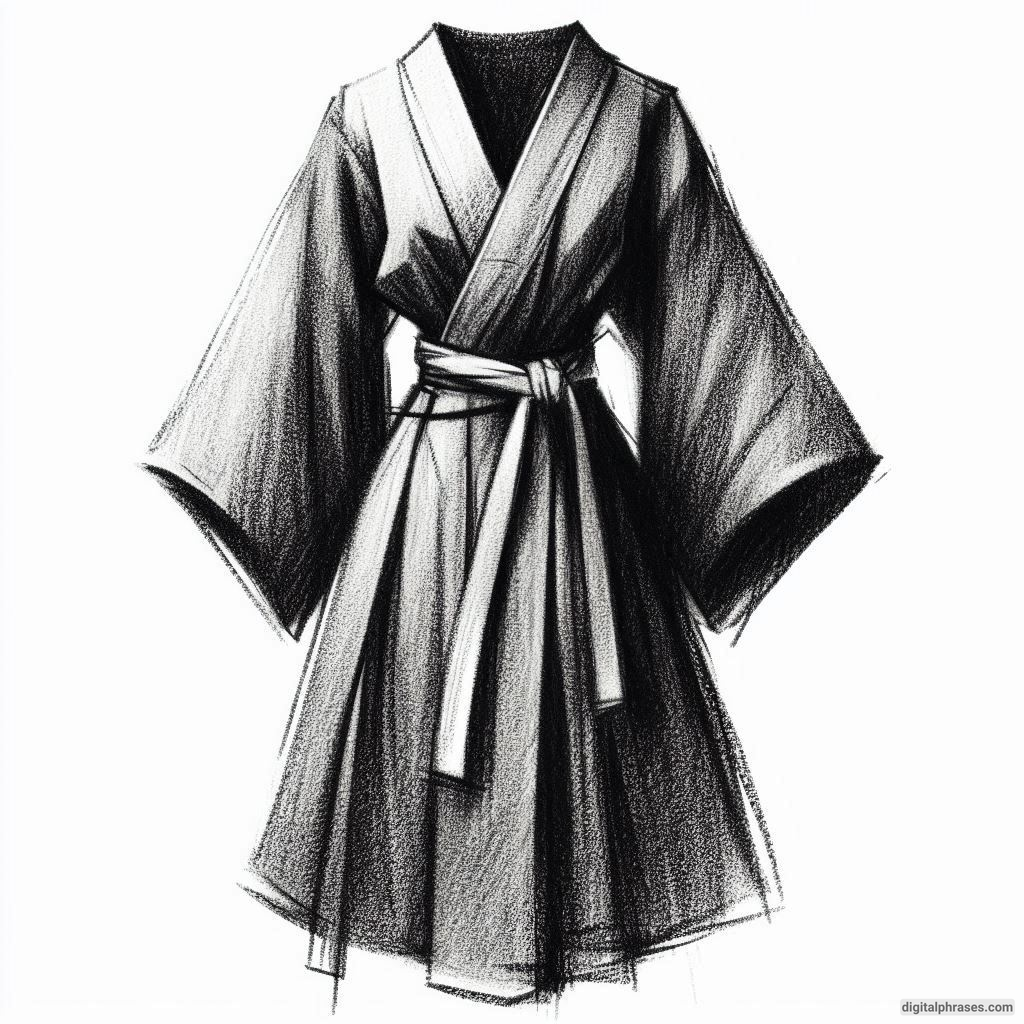
22. Midi Dress

23. Ruffled Dress
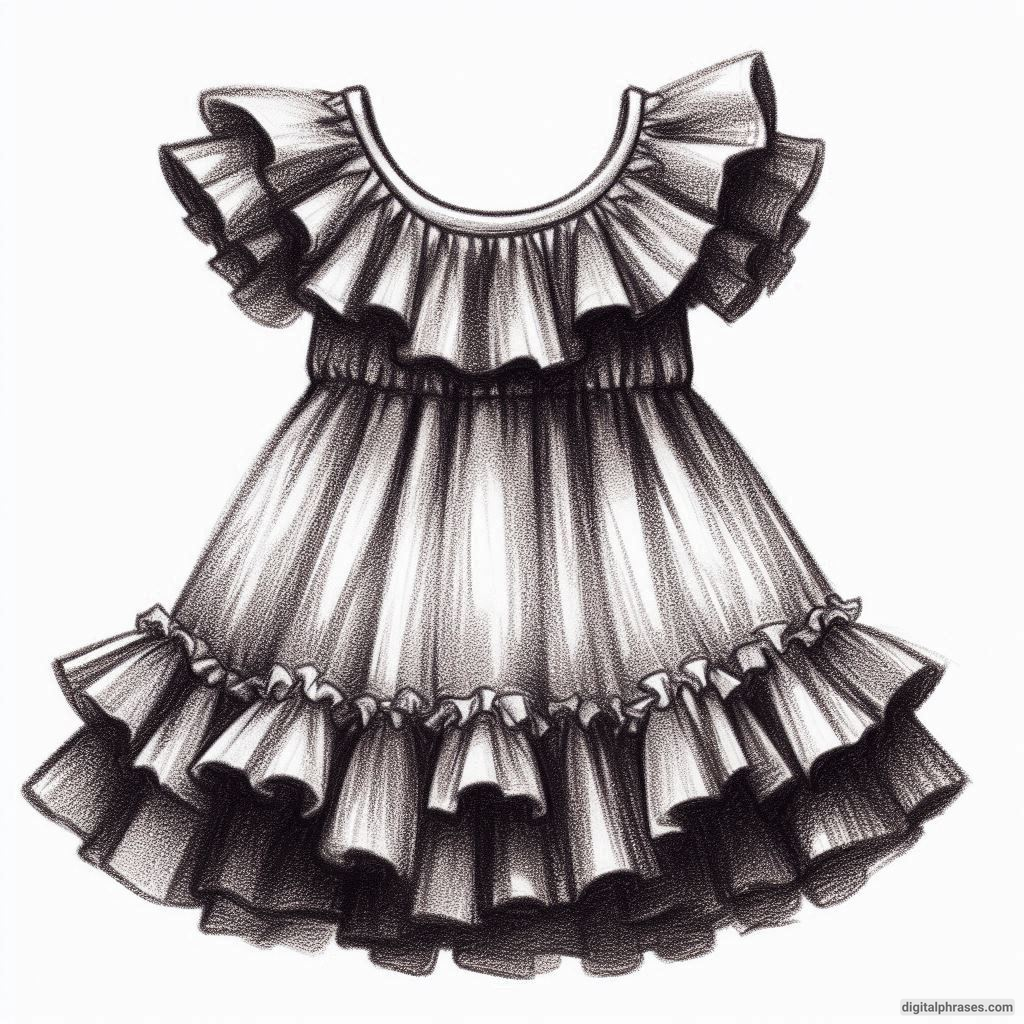
24. Off-Shoulder Gown
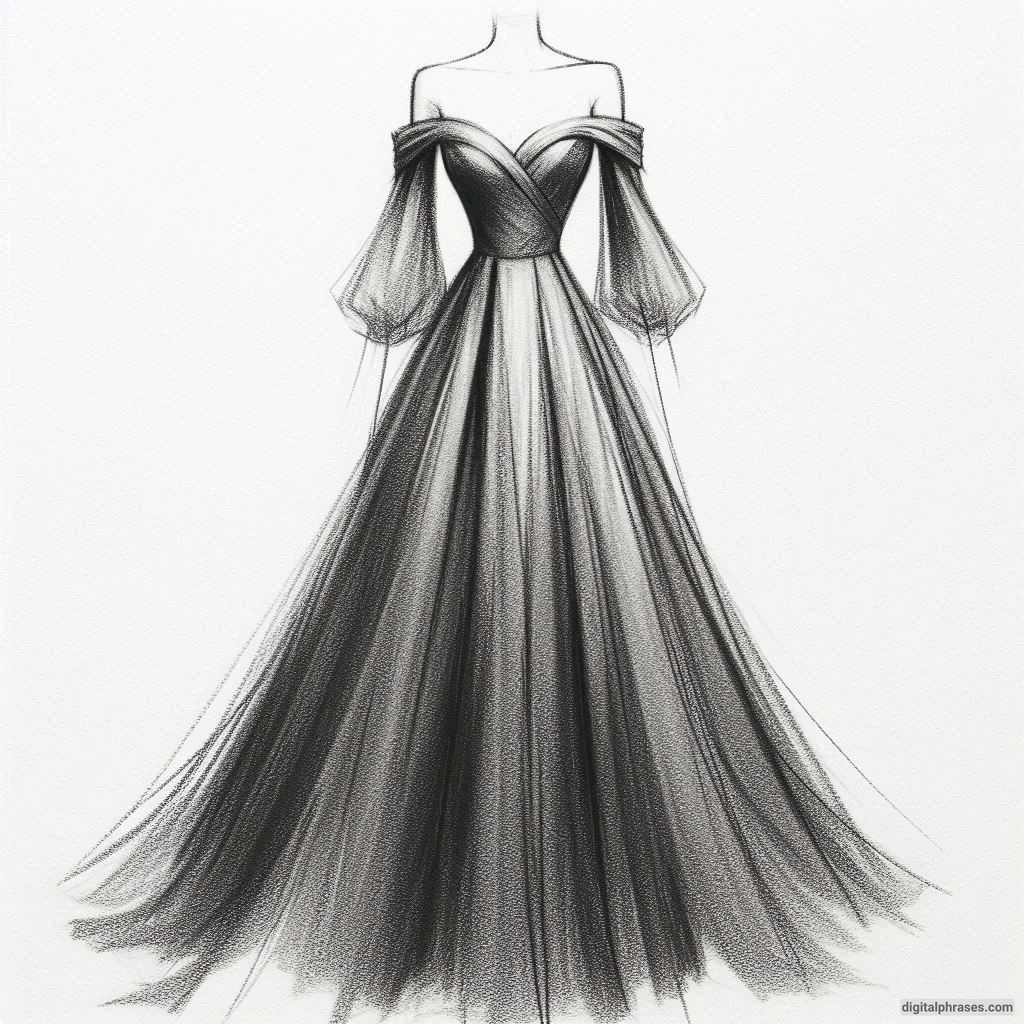
25. Sailor Dress

26. High-Low Dress
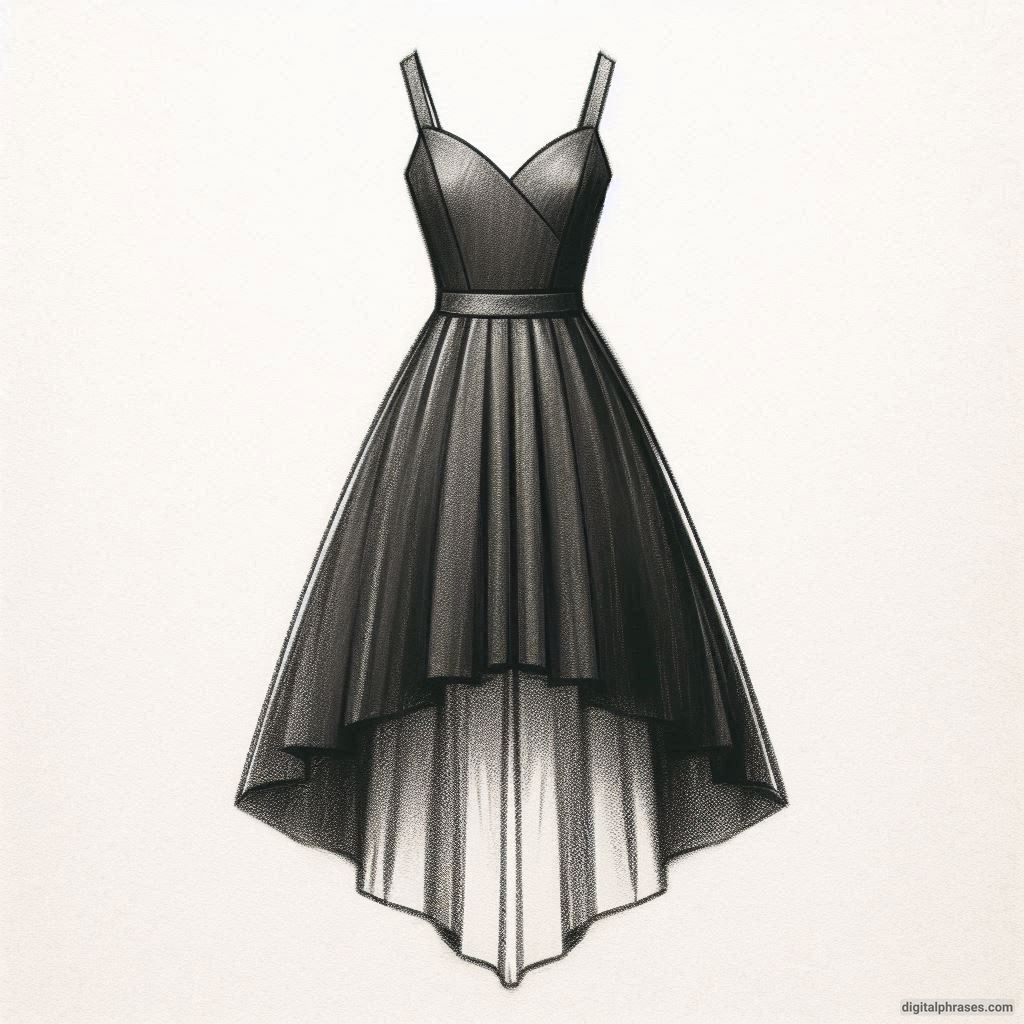
27. Collared Dress
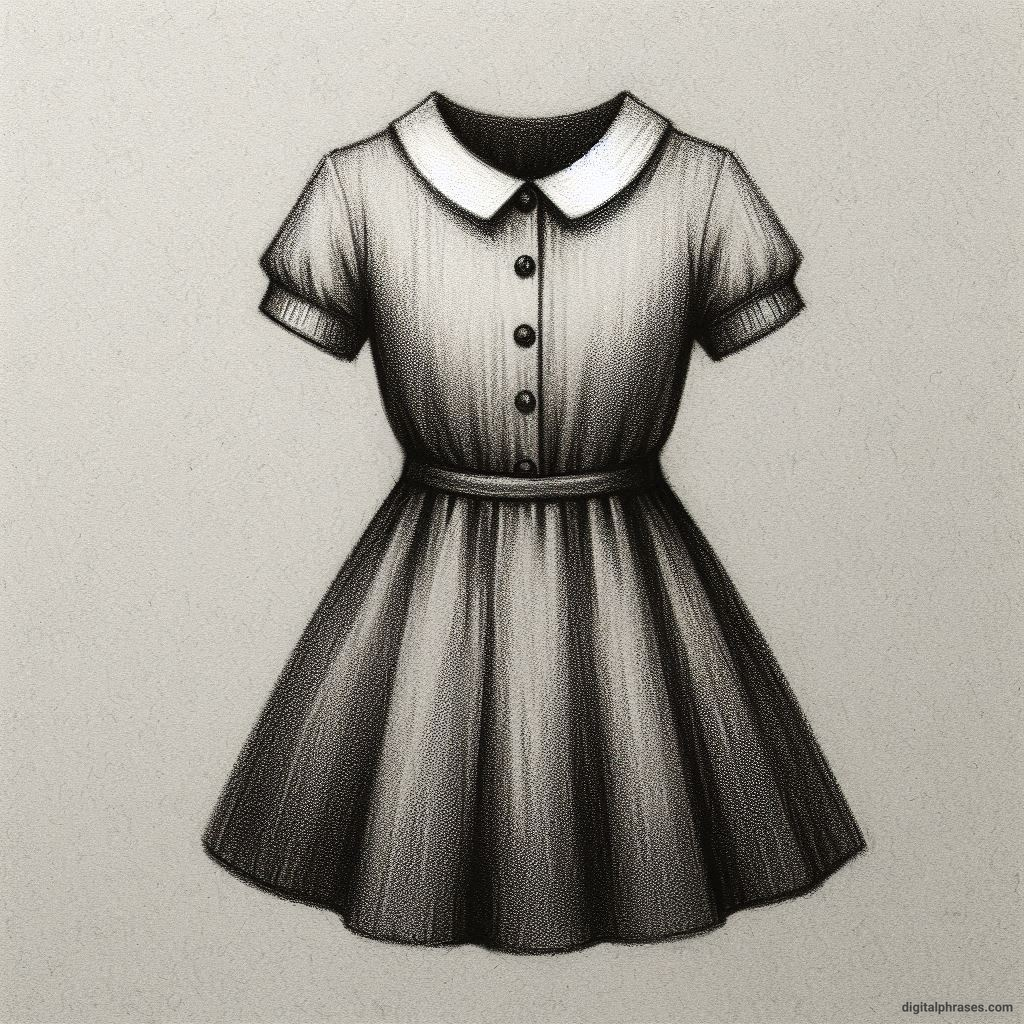
28. Blouse Dress
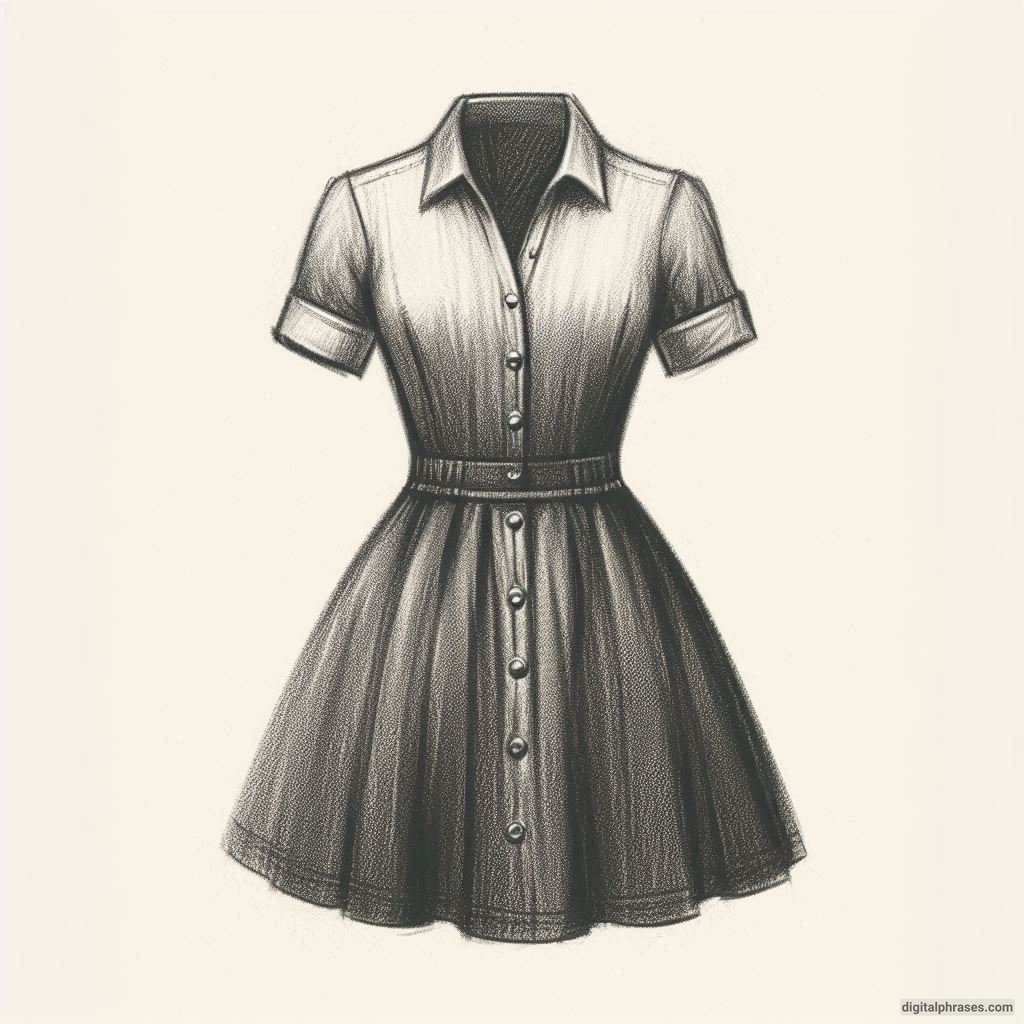
Top Tips on How To Draw a Nice Dress
1. Start with Basic Shapes (Yes, Circles and Lines Are Your Friends)
I know what you’re thinking: “I came here to draw dresses, not geometric shapes!” But trust me, every masterpiece starts with the basics. Before you go wild trying to sketch intricate lace details or swirling fabric, begin by breaking your dress down into simple forms.
- The torso: Usually, a dress has a fitted or semi-fitted bodice. Think of this as an oval or rectangle shape. It’s your base, your foundation.
- The skirt: Whether you’re sketching a flowy A-line dress or a sleek bodycon number, it all starts with a triangle or trapezoid. If you’re drawing a ball gown, go ahead and make that trapezoid huge. Don’t be shy—this is where the drama happens.
- The neckline and sleeves: Depending on the design, these can be added with a few more simple shapes. Necklines can be arcs or straight lines, while sleeves can start as ovals or rectangles.
The beauty of starting with these basic shapes is that it helps you nail down the overall silhouette before getting lost in the details. Plus, it’s hard to mess up a triangle, right?
2. Don’t Forget About Proportions (It’s Not Dress-Land Where Everything’s Made of Stretchy Fabric)
I’ll admit, when I first started drawing dresses, I kind of ignored proportions. I figured if the dress looked cool, it didn’t matter if the waist was three inches below the armpits, right? Wrong. Proportions are super important because they make your dress look wearable.
Here’s a quick rule of thumb for proportions when drawing a dress:
- The bodice should generally take up about one-third of your figure.
- The skirt should be about two-thirds of the figure for most dresses. For longer gowns or maxi dresses, this may be more like three-fourths.
- Waistlines matter! Placing the waist too high or too low can throw off the entire design. Aim for a natural or empire waistline, depending on your style.
Once you’ve got these proportions down, your dress will look way more realistic—and like something an actual human could wear. (Which is kind of the goal, right?)
3. Use Reference Images (Because Let’s Be Real, We’re Not Vogue Editors)
Even if you have a specific idea in mind, it’s always helpful to have reference images. I’m not saying you need to start flipping through every fashion magazine ever published, but having a few pictures of dresses for inspiration can really help.
Look for images that match the style you’re aiming for. Maybe you want to draw a boho sundress, a sleek evening gown, or a vintage-inspired tea dress. Having a reference can give you ideas about the shape, fabric, and how the dress fits on the body. (Also, it keeps you from inventing dresses that defy gravity, which—trust me—happens more than you think.)
Even the pros use reference images, so don’t feel like you’re cheating. It’s all part of the process!
4. Fabric Flow and Movement: Make the Dress Come Alive
Okay, here’s where things get fun. Dresses aren’t just flat, stiff things hanging on a mannequin—they have movement! Whether it’s the soft flow of silk, the bounce of tulle, or the structured lines of denim, capturing fabric texture and flow can take your drawing from “meh” to “wow!”
- Flowy fabrics (think chiffon, silk, or satin) tend to have more curves and gentle folds. When drawing these, focus on the natural draping and how gravity affects the fabric. A good tip is to draw long, curving lines that indicate where the fabric is billowing or falling.
- Stiff fabrics (like denim, leather, or wool) hold their shape more, so the lines will be sharper, and there won’t be as much flow. You’ll want to use straighter, more angular lines to convey structure.
Pro tip: Add shading to emphasize the folds and creases in the fabric. This creates depth and makes the dress look more three-dimensional. Just be careful not to go overboard—you don’t want your dress looking like it’s being attacked by wrinkles.
5. Experiment with Necklines and Sleeves (This is Where Things Get Creative!)
This is one of my favorite parts of designing dresses—necklines and sleeves! It’s like the accessories of the dress world. You can totally change the vibe of a dress by playing around with these elements.
- Necklines: Try out different shapes—V-necks, scoop necks, square necks, halters, boat necks. The possibilities are endless. Want a dress that screams elegance? Go for a deep V-neck or a boat neck. Feeling playful? A sweetheart neckline is your best friend.
- Sleeves: Puff sleeves, cap sleeves, bell sleeves, or no sleeves at all! The sleeve style can change the entire mood of the dress. Pro tip: puff sleeves are very on-trend right now. Just saying.
The key is to play around with different combinations until you find something that feels right. Don’t be afraid to mix it up—fashion is all about creativity!
6. Add Details (But Don’t Overdo It!)
You know what takes a simple dress drawing to the next level? Details! But there’s a fine line between adding thoughtful details and going overboard.
- Ruffles, buttons, zippers, and bows: These can add character to your dress, but try to keep it balanced. Too many details can clutter your drawing and take away from the overall look.
- Patterns and textures: Don’t forget that you can play around with patterns like polka dots, stripes, florals, or geometric prints. Just remember that patterns can be tricky to draw, so practice first if you’re adding them.
A simple trick for beginners: focus on one or two standout details. Maybe add a cute bow at the waist or some delicate lace at the hem. Sometimes less is more!
7. Practice, Practice, and… More Practice
I know this one sounds cliché, but it’s true. The more you practice drawing dresses, the better you’ll get at it. When I started, my dresses looked like they belonged in a discount Halloween store. Now? They might not be runway-ready, but at least they look like actual clothing.
Try drawing a variety of dresses—long, short, formal, casual, vintage, modern. With every new sketch, you’ll learn something new, whether it’s how to better capture fabric movement, or how to perfect the proportions.
One exercise I love is sketching the same dress multiple times, but experimenting with different necklines, sleeve lengths, and details. It’s a great way to get creative and improve at the same time.
8. Don’t Be Afraid to Make Mistakes (Because, Let’s Be Real, You Will)
This is perhaps the most important tip. Your first (or second, or tenth) dress drawing isn’t going to be perfect. And that’s okay! It’s all part of the learning process. Sometimes your lines won’t be as smooth as you’d like, or your proportions might be a little off, but guess what? You’re improving every time you draw.
If you get frustrated, take a break, but don’t give up. Some of the most beautiful dresses in history probably started as a crumpled sketch in the wastebasket. It’s all part of the journey!


